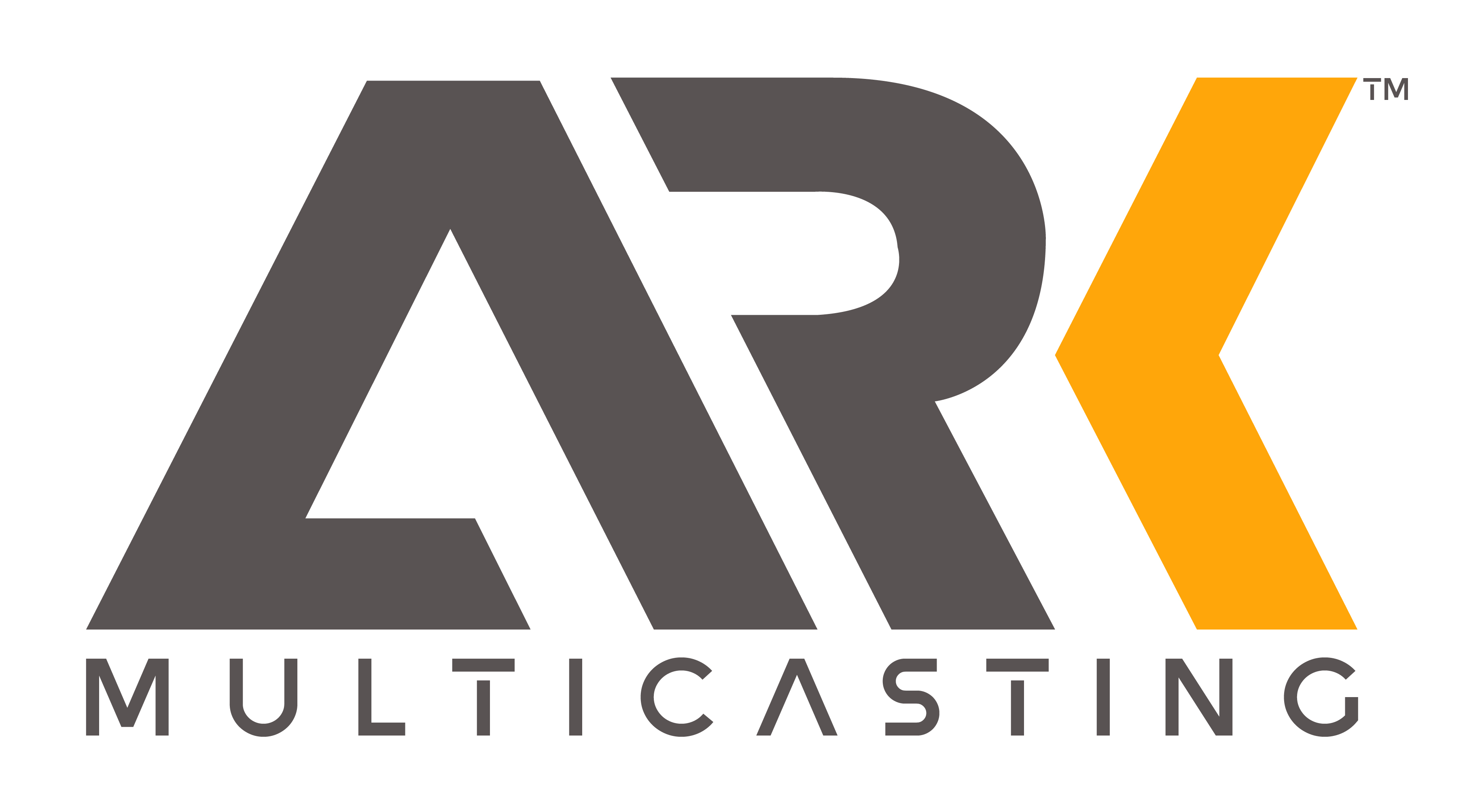ARK Multicasting Proves Role For ATSC 3.0-Based OTA Last Mile CDN Delivery
The proof of concept involved delivery of files, streaming live video and VOD content

CEDAR HILL, Texas—ARK Multicasting has completed a successful proof of concept of a commercial content delivery network demonstrating end-to-end delivery from source to the far edge in the consumer home—a significant development in the ATSC 3.0-based datacasting business model, the low-power television broadcaster said today.
The broadcaster joined the Streaming Video Technology Alliance (SVTA) earlier this year and has been involved with its Open Caching committee to refine and work towards the deployment of an Over-the-Air CDN (OTA-CDN). Other active members in this process include Lumen Technologies as the Upstream CDN (uCDN), Hewlett Packard Enterprise (HPE) providing orchestration services, Broadpeak providing the Downstream CDN (dCDN) infrastructure and SiliconDust, which created a Home CDN customer premise device (CPE) for ARK, the company said.
The OTA-CDN architecture is developed so any CDN can easily delegate delivery requests to ARK’s ATSC-3.0 system based on business rules and capacity telemetry. Popular content can be pre-positioned to the ATSC-3.0 system, delivered over the air to the in-home caching node in the SiliconDust CPE device and made available to in-home devices over the user's home network. All this can occur using SVTA standard open caching request routing principles in a manner that is transparent to the end-user device, it said.
“This is a significant accomplishment for broadcasters everywhere and for network architecture across the United States,” said ARK co-founder and CEO Joshua Weiss. “Gone are the days of the same popular data files clogging the pipes of the last mile ISPs. This will be an important architectural enhancement to CDNs, ISPs and content owners everywhere who have many users streaming video content live or on-demand and those looking to create a better user experience for gaming, firmware updates, cloud services, and so much more.”
The proof of concept had three phases. The first related to downloads of files; the second involved live video streaming; and the third dealt with on-demand streaming. All were successful, ARK Multicasting said.
The file-based download phase involved the ATSC 3.0 system pulling files from the uCDN and positioning them on the home-caching CPE device. End users could then request a file using their existing Internet Service Provider (ISP), and the request was automatically rerouted to pull the data from the home CDN, it said.
Both live video streaming and video-on-demand streaming were accomplished using the Broadpeak Transcaster to demonstrate the ATSC 3.0 system providing a live HLS and MPEG-DASH stream from the uCDN with multicast adaptive bitrate (mABR), it said.
The professional video industry's #1 source for news, trends and product and tech information. Sign up below.
“This collaboration validates the open caching model as being relevant and suitable for a variety of use cases, including those involving a broadcast network system like the ARK’s ATSC 3.0” said Broadpeak director of exploration Guillaume Bichot.
The head of the Streaming Video Technology Alliance sees the proof of concept as emblematic of what the group seeks to accomplish.
The effort was a successful "collaboration between member companies which put our specifications into practice and, even more importantly in this case, establish something new and unique as part of the streaming video technology stack: an OTA CDN,” said SVTA executive director Jason Thibeault.
“What ARK Multicasting has done in conjunction with our home caching project and Lumen is bridge the gap between a powerful broadcast technology, ATSC 3.0, and streaming platform operations. There's no longer a question of how ATSC 3.0 fits into the streaming stack. This work has given it a meaningful place as part of how streams can be delivered, especially to bandwidth-challenged rural areas, and even extended its value through connection to a Home Caching Node in a CPE device," he said.
More information is available on the ARK Multicasting website.
Phil Kurz is a contributing editor to TV Tech. He has written about TV and video technology for more than 30 years and served as editor of three leading industry magazines. He earned a Bachelor of Journalism and a Master’s Degree in Journalism from the University of Missouri-Columbia School of Journalism.

